Available in Sportback and Avant versions, Audi's latest electric car boasts grand touring characteristics. But can the Audi A6 e-tron really compete with the recently announced combustion engine version? Test of the Audi A6 Avant e-tron version to find out for yourself. class="fx-toc-title">Summary After a year 2024 which was marked by the biggest product offensive in its history, Audi starts 2025 under the best auspices. The brand announces a 4% market share in the 100% electric segment and a first place in the premium segment. Good results that are notably due to the Audi Q4 e-tron, which is now in the top 3 sales of the brand with the rings, and in the top 10 sales of electric cars. The first half of 2025 will be marked by the launch of two models that share the same name, but which have little or nothing to do with each other: the Audi A6 and the Audi A6 e-tron. Because for those who follow the manufacturer's news, Audi has decided to change its approach to the nomenclature of its models. Indeed, while even numbers were supposed to represent 100% electric cars and odd numbers thermal and hybrid models of all kinds, Audi is now backtracking. Here's why two completely different Audi A6s are being launched just a few months apart. The Audi A6 based on the dedicated PPC platform, and the Audi A6 e-tron which interests us here, and which shares its PPE (Premium Platform Electric) platform with the excellent Audi Q6 e-tron. While it celebrated its 30th anniversary last year, the Audi A6 will have known no less than five generations which have sold more than seven million units worldwide, including nearly 130,000 in France. The electric version that is appearing this year continues the tradition with two versions: Sportback and Avant (estate). It is the latter that we were able to try, not without also slipping into the even more powerful S6 Avant e-tron. As mentioned above, this Audi A6 Avant e-tron is based on the modular PPE platform that already equips the Q6 e-tron SUV, and which was developed jointly with Porsche. So it's the one hiding under the latest Macan, for example, or the Taycan, which also comes in Sport Turismo and Cross Turismo versions. In terms of design, the Audi A6 e-tron is quite close to the concept car, with, in particular, the very thin LED lights that can be customized via the MMI, and a particular emphasis on aerodynamics. The lines are particularly designed to improve the drag coefficient (the famous Cx), which here falls to 0.24 for the Audi A6 Avant e-tron. An impressive figure and identical to that of the Audi RS e-tron GT, which, however, does not play in the same category at all. The Audi A6 e-tron Sportback does even better with a Cx of 0.21, equivalent to that of the Tesla Model S, for example. To achieve this, Audi has not overlooked any detail. First with the unmistakable full grille of course, but also vertical air intakes or even active shutters on the front bumper. Other elements also allow you to gain a few kilometers here and there, such as the tires and rims (between 20 and 40 km of additional autonomy according to Audi), the optional adaptive suspension (6 km more by lowering the car) or even the camera mirrors which have made their big comeback since the first Audi e-tron (7 km more). We'll come back to these a little later. Unsurprisingly, the interior of the Audi A6 Avant e-tron is directly taken from the Audi Q6 e-tron, which had already convinced us during the test of the latest electric SUV from the brand with the rings. We therefore find the same careful presentation with impeccable assembly. However, it's hard not to be disappointed by the omnipresence of hard plastics on the lower parts, especially after having tried the new Tesla Model Y in its Long Range version with all-wheel drive starting at €52,990. That being said, just because it's an estate doesn't mean the atmosphere on board our Audi A6 Avant e-tron isn't sporty and futuristic. Indeed, the “Digital Stage” brings together no less than three screens with the digital instrumentation and its 11.9-inch panel, the 14.5-inch infotainment system oriented towards the driver, and a 10.9-inch screen dedicated to the front passenger. As before, the Digital cockpit behind the steering wheel can see its personalized display, but Audi has chosen to no longer display the mapping. It's a shame, as this system was so practical, even if the head-up display makes up for it. After all, who can do more can do less. You therefore have to make do with a small window on the right side of the display, which can be changed in the blink of an eye via the dedicated steering wheel control to access a navigation reminder, telecommunications, or even music. On the left side, the display is dedicated to the on-board computer, including the two trips and fuel consumption information. The infotainment screen is perfectly readable and associated with a fluid interface. Admittedly, it is not as intuitive as what Tesla or the upcoming Smart #5 can offer, but once the owner gets used to it, everything is ultimately quite simple to use. On the other hand, the climate controls are also via the touchscreen, which is not necessarily to everyone's taste. However, you just need to use voice commands to get rid of it. Available as an option, the screen placed in front of the front passenger is not really essential in our opinion. That said, it allows you to control music (including Apple CarPlay, which is of course available wirelessly), and to assist the driver with the navigation system, in particular to search for points of interest or charging stations nearby or on the route. It is also possible to watch videos by downloading applications via the Audi Store, which is available via the onboard eSIM. In this case, the left viewing angle narrows so that the screen is no longer visible to the driver when the vehicle is moving. Of course, Audi also offers the now-classic head-up display system in the Audi A6 Avant e-tron. This offers proven features, some of which still have a small impact. Like the speed limit changes that appear in front of the driver before sliding onto the dedicated icon at the bottom right of the display. Or the augmented reality direction arrow that indicates the route to follow in addition to the navigation display. It's hard to get lost with such a system, which is really very well done. Furthermore, the Audi A6 Avant e-tron marks the big return of virtual rearview mirrors, i.e., in the form of cameras. A solution that we had already seen on the very first Audi e-tron SUV and which did not convince us at the time due to the integration of the video feedback screens. As we saw above, this option (€1,750 from the S Line finish) allows you to hope for up to 7 km of additional autonomy. Good news, Audi has nevertheless revised its copy compared to the Audi e-tron. Indeed, the two screens dedicated to displaying the images provided by the second-generation virtual rearview mirrors are positioned higher in the door, at the same level as the dashboard. From then on, the driver no longer has to look down as was the case previously, even if a little adaptation time is still necessary to get used to it. OLED screens benefit from excellent display quality with high definition and contrast ratio. On the other hand, using these virtual mirrors is not the easiest when it comes to reversing maneuvers, especially when parking near a curb without redoing a rim. Finally, if they seem fragile, this is fortunately not the case in practice. The virtual mirrors are in fact folding and rather resistant. In addition, a brand specialist told us that the replacement cost of these cameras was much lower than that of conventional rearview mirrors. For once, it's interesting to take a closer look at the audio system on board the Audi A6 Avant e-tron. As standard, the car benefits from the Audi Sound System with its 10 speakers, including a central one and a subwoofer hidden under the floor of the rear trunk. The system is combined with a 6-channel amplifier that delivers a total power of 180 watts. But for those who listen to a lot of music in their car and want to go even further, Audi offers a solution from Bang & Olufsen, who truly impressed us. Both in terms of his power (with his 830 watts, he knows how to deliver) and his overall balance. We would have liked to be able to adjust the midrange to counterbalance the strong presence of the treble. Especially since at €4,250 in the MMI Experience Pro pack, this option is far from cheap, even if the latter also includes the augmented reality head-up display, an advanced ambient lighting pack and two 60-watt USB ports in the front and two 100-watt USB ports in the rear. And that's not all, in the options game, Audi pushes even further by offering speakers that are integrated into the headrests. While they can easily be dispensed with, they enhance the 3D effect when listening, and also broadcast navigation instructions via the driver's headrest rather than throughout the cabin. At 4.94 m long and 2.11 m wide, passengers sitting in the rear of the Audi A6 Avant e-tron enjoy substantial legroom and headroom. The central seat is not left out thanks to the absence of a tunnel, even if the backrest is a little firm. On the other hand, the integration of the 100 kWh high-voltage battery results in a thicker floor and a necessarily lower seat. The feeling of space is enhanced by the large panoramic glass roof. Here again, the Audi A6 Avant e-tron plays the technology card with the ability to opaque the glass surface at the touch of a button. Believe us, it works. In detail, Audi uses PDLC technology with liquid crystals dispersed in a polymer. In the absence of electrical voltage, the crystals form an opaque layer that blocks light. Conversely, they align as soon as a current is applied, and the glass roof of the Audi A6 Avant e-tron becomes transparent. Four presets are available to opaque all or part of the surface. As for the trunk, the Audi A6 Avant e-tron is on par with the Sportback version, offering 502 liters. The estate goes further by counting the space available up to the roof and folding the rear seats to offer 1,422 liters. Note that it is possible to open the trunk with a foot movement at the diffuser at the rear of the Audi A6 Avant e-tron. Nothing new, you might say, but to avoid too many misfires, Audi offers a clever trick: the area covered by the sensor is now illuminated. Practical, especially at night because the system's brightness is still too limited in full sunlight. Furthermore, like the Audi Q6 e-tron, both versions of the Audi A6 e-tron are equipped with a frunk under the hood. With a capacity of 27 liters, it can accommodate a small piece of cabin luggage or charging cables when the trunk is full, for example. And here again, Audi has come up with its handy little trick with a sensor located above the rings that you just need to touch with your hand to open the frunk. And that's not all for this decidedly high-tech Audi A6 Avant e-tron. Indeed, you should know that it is possible to equip it with the electric door closing assistance system that we were able to try on the last generation of the Porsche Taycan. No need to slam the door, it will simply close automatically and smoothly. Another major new feature for iPhone and Apple Watch users is that Audi is joining BMW and BMW in offering Apple CarKey. No need for a physical key with a virtual key stored in the Wallet app, which can be shared with other users (up to four). Finally, the mobile app offers all the usual features, from remotely opening and locking the car to adjusting the air conditioning, locating the Audi A6 Avant e-tron and tracking charging. Only the “Live Activities” that directly display the status on the iPhone’s locked screen are still missing. During its world premiere last July, two versions of the Audi A6 e-tron were presented. On the one hand, the Audi A6 e-tron performance, a 270 kW rear-wheel drive, and on the other hand, the Audi S6 e-tron with quattro all-wheel drive and a power output of 370 kW. These two models are equipped with the 100 kWh gross capacity battery (94.9 kWh net). Since then, the manufacturer has launched two other variants, still with rear-wheel drive at the entry level, but this time with a smaller battery with a total gross capacity of 83 kWh (75.8 kWh net), and an Audi A6 e-tron quattro equipped with the 100 kWh battery. The quattro versions are equipped with two electric motors, one at the front and one at the rear. Like other manufacturers, Audi has opted for an asynchronous motor (ASM) at the front and a permanently excited synchronous motor (PSM) at the rear. This is also the latter that equips the propulsion versions, and only the power will change. In summary, here is the current range of the Audi A6 e-tron: The most modest of the The four Audi A6 e-tron is already capable of going from 0 to 100 km/h in six seconds, while the 315 kW quattro only takes 4.5 seconds for the same exercise. With its 370 kW (or 503 hp and even 550 hp by activating Launch Control), the Audi S6 e-tron accelerates from 0 to 100 km/h in just 3.9 seconds, with a top speed of 240 km/h (compared to 210 km/h elsewhere). But more than these flattering figures, it is in terms of its autonomy and especially the charging power that the Audi A6 e-tron can claim to compete with a thermal version. Indeed, the manufacturer announces up to 713 km WLTP between two charges for the Audi A6 e-tron equipped with the large 100 kWh gross battery. For its part, the version equipped with the 83 kWh battery can still claim a range of up to 592 km WLTP in the Avant version, and even 622 km for the Sportback body which is the most efficient. It is therefore the one to favor for high mileage drivers who want to stop less often to recharge. Regarding the recharging of the high-voltage battery, all Audi A6 e-trons benefit from 800 Volt technology like the Audi Q6 e-tron which really impressed us with its recharging curve. Thus equipped, our Audi A6 Avant e-tron can accept up to 270 kW on a DC terminal capable of delivering such power. The car can therefore theoretically recover up to 310 km of range in just 10 minutes. Audi announces a recharge from 10 to 80% in 21 minutes and support for the Plug & Charge function to ignore the charging badge on compatible terminals. We were not able to try this feature, but we took advantage of our test to recharge our Audi A6 Avant e-tron at the end of the journey. As with all electric cars, it is imperative to preheat the battery before charging. To do this, simply select a charging station in the navigation system and the car takes care of the rest. In fact, it's even possible to view the battery temperature, just like Porsche, which co-developed the PPE platform used by Audi. Likewise, the driver can decide the remaining battery percentage at the terminals and at the destination, but also choose their preferred charging networks, for example based on their badges or the offers they benefit from. Although it has substantial dimensions at 4.92 m long and 1.92 m wide, the Audi A6 Avant e-tron is very easy to handle. Like Tesla, the steering resistance is configurable on several levels. As is the case with Audi, it remains remarkably precise. Combined with a very low center of gravity, the car displays astonishing dynamic behavior for an estate car weighing more than two tons (2,260 kg all the same). The 367 hp of the rear electric motor of our mid-range Performance version is certainly present, but without rushing the occupants. Note that this is limited to 210 km/h while the Audi S6 Avant e-tron allows peaks of 240 km/h where it is still permitted. More powerful, the latter is distinguished above all by its standard air suspension (via a Tech Pro pack that includes electric door closing and OLED rear lights for €3,940 on versions other than the S6 Avant e-tron), which perfectly filters out imperfections in the asphalt and regulates the ride height on four different levels to further optimize aerodynamics. A really interesting option in our opinion. Like Mercedes and BMW, Audi offers some of the most effective driving aids available today. And in particular the adaptive driving assistant, which is much more efficient and practical than Tesla's Autopilot, for example. In addition, Audi has of course equipped the A6 e-tron with a brake energy recovery system. The latter is capable of managing the majority of everyday braking phases and recovering up to 220 kW, which is no small feat. A closer look reveals that the iBS integrated braking system has been improved to combine the mechanical friction brake and the regenerative system via the electric motors. A first for the brand. Several modes are available with the classic Mode B for one-pedal driving, meaning the car will brake to a complete stop simply by lifting your foot off the accelerator. It is also possible to deactivate it or adjust the recuperation to two levels using the steering wheel paddles. Finally, we noted an average consumption of between 21 and 22 kWh/100 km on both the Audi A6 Avant e-tron and the S6 Avant e-tron. And with 18% battery once arrived at the Electra charging station, our car managed to display a peak power of 264 kW at the start of the session. Better still, the charging curve doesn't drop drastically after a few minutes of plugging in. At 50%, the terminal still delivered 199 kW, and even 168 kW at 63%. At the end of the session (set at 80%), our Audi A6 Avant e-tron will continue to benefit from a very high power of 105 kW. The promise of fast refueling is therefore kept in the best possible way. For those who are happy to charge at AC terminals, the Audi A6 Avant e-tron is equipped as standard with an on-board charger of 11 kW, or even 22 kW as an option. Moreover, like the Porsche Taycan, the Audi A6 e-tron has two hatches for charging. Located at the rear, the left one can accept CCS cables for fast DC charging, while the right one is reserved for AC charging. As we have seen, the Audi A6 e-tron is available in different body styles and with varying power outputs. The Sportback version is marketed from €66,420 for the entry-level model, already well-equipped with 285 hp propulsion and the 83 kWh battery. Expect to pay €84,320 for the 428 hp four-wheel drive quattro with the large 100 kWh battery. For its part, the 503 hp Audi S6 Sportback e-tron starts from €105,020. As for the estate, the Audi A6 Avant e-tron sees its prices start from €67,920 for the 285 hp rear-wheel drive with the 83 kWh battery and Design finish. According to Audi, the biggest sales will also be for the S Line finish starting from €74,810. Expect to pay €78,670 for the entry-level model with the large 100 kWh battery, still in rear-wheel drive, but with power increased to 367 hp. In addition, you'll have to pay at least €85,820 to enjoy the quattro with both engines developing 428 hp. Finally, the 503 hp Audi S6 Avant e-tron is available from €106,520. Finally, beyond those already mentioned in this long test, we will spare you the list of options which is, as usual, as long as your arm.Two variants for the Audi A6 e-tron
On board the Audi A6 Avant e-tron
The different versions of the Audi A6 e-tron
At the wheel of the Audi A6 Avant e-tron (and the Audi S6 Avant e-tron)
Prices and options of the Audi A6 e-tron
Ticker
6/recent/ticker-posts
Audi A6 e-tron test: 700 km of autonomy and ultra fast refills to make the thermal version forget
March 26, 2025
Most Popular
Tags
Followers
Footer Menu Widget
© 2025 ITN24H All rights reserved.

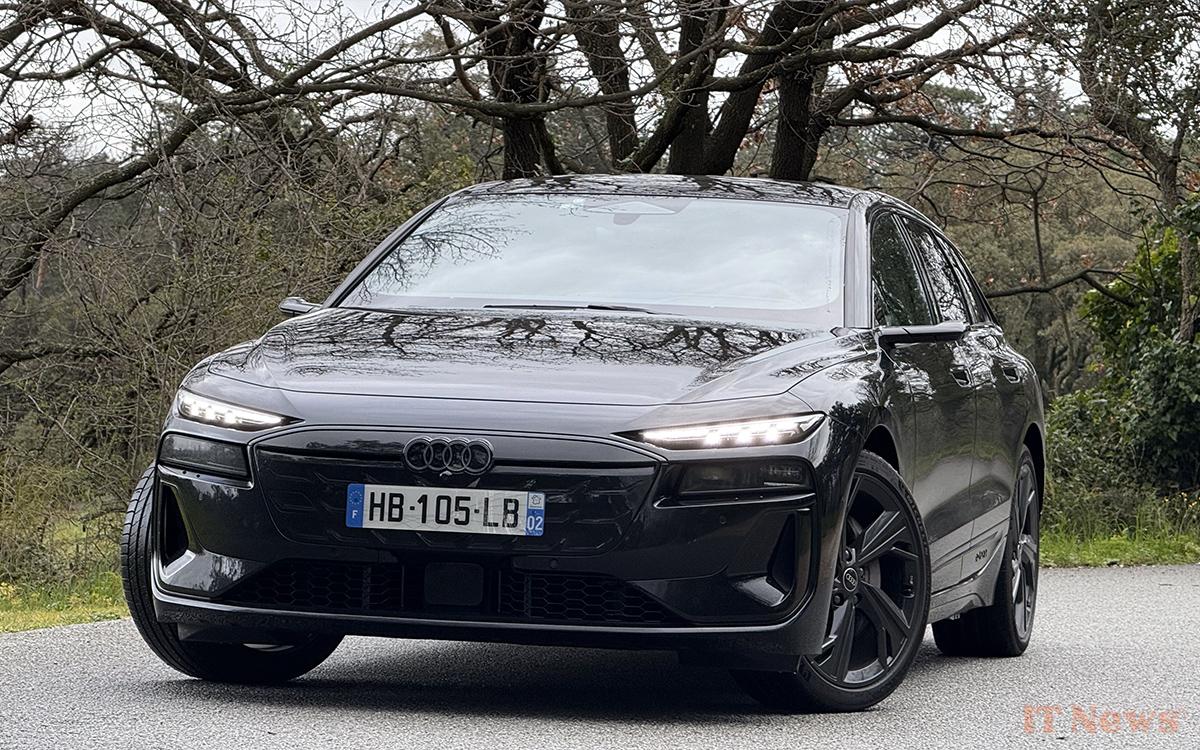
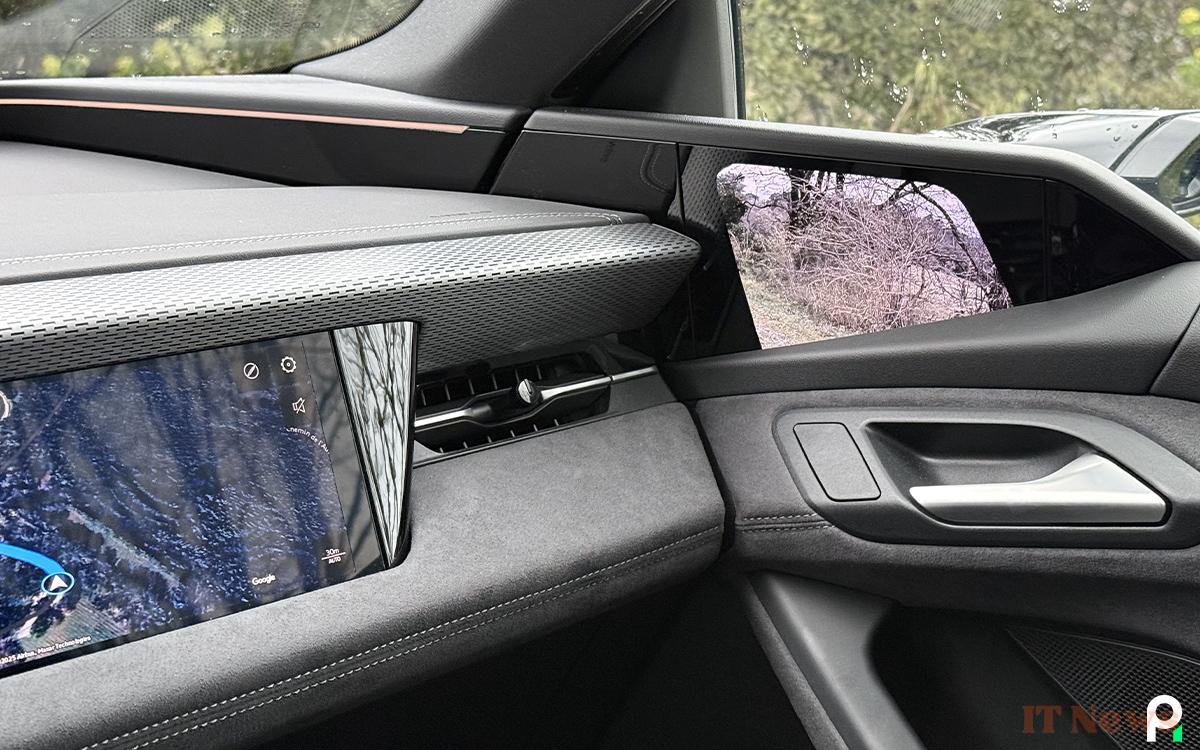

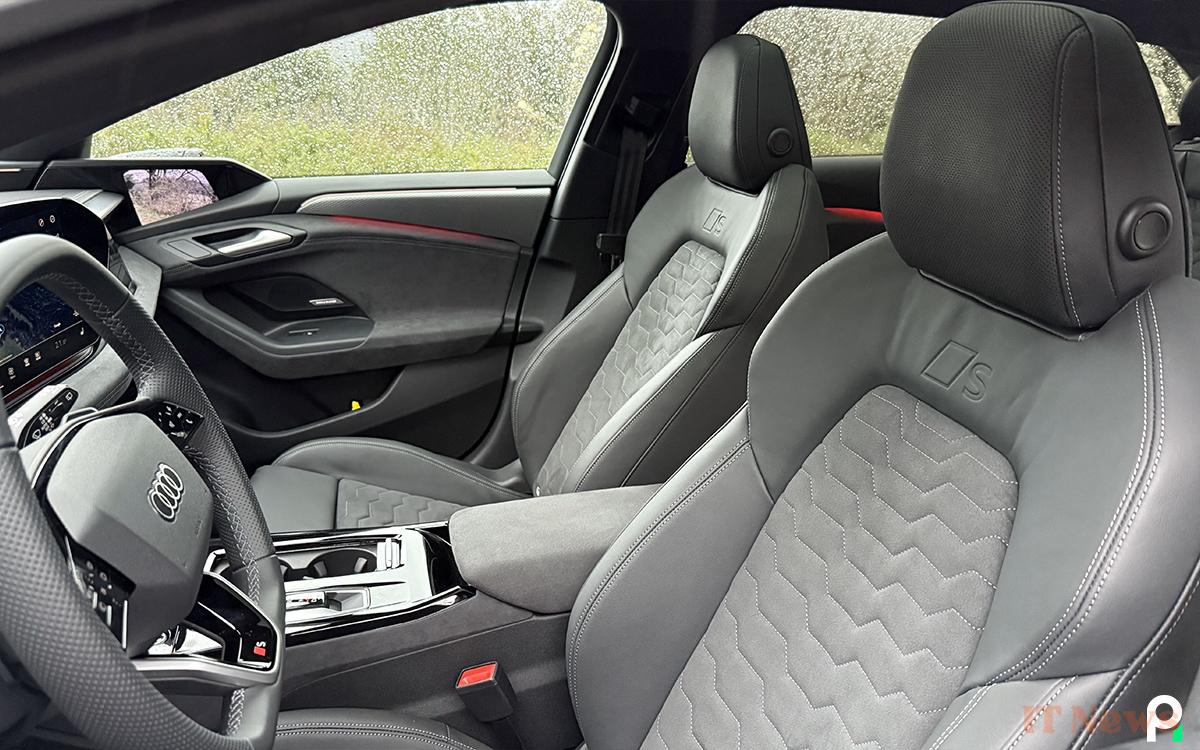
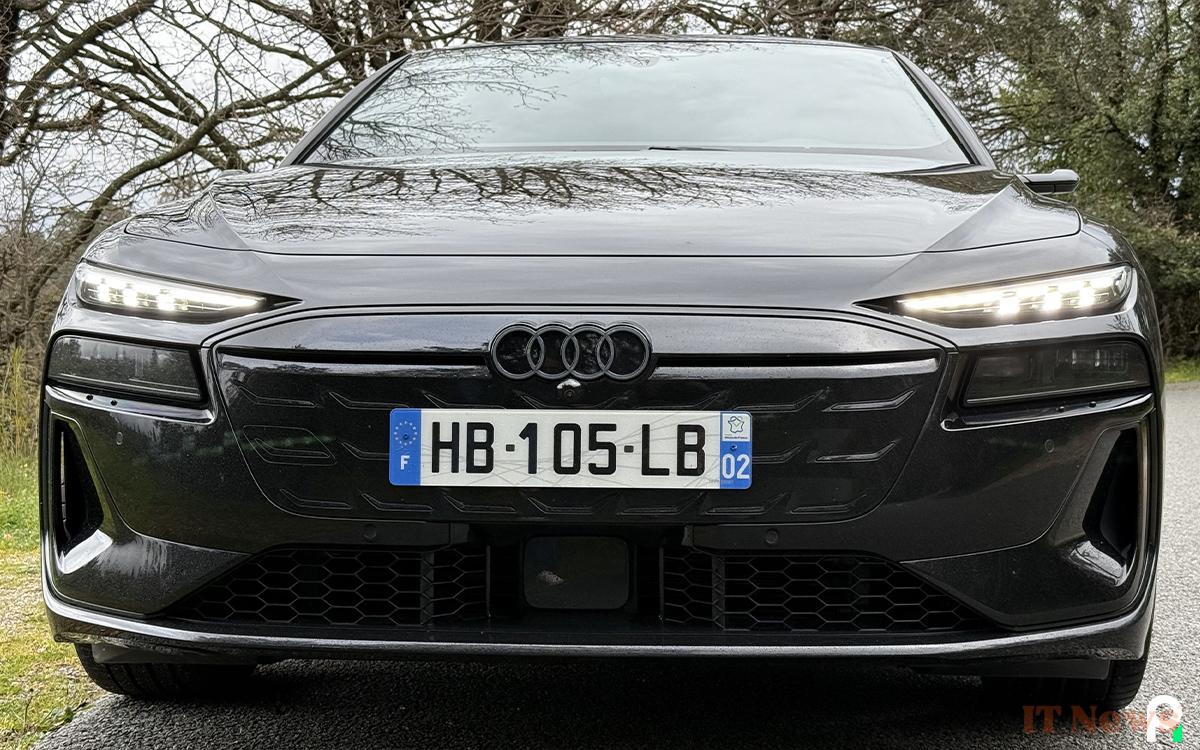
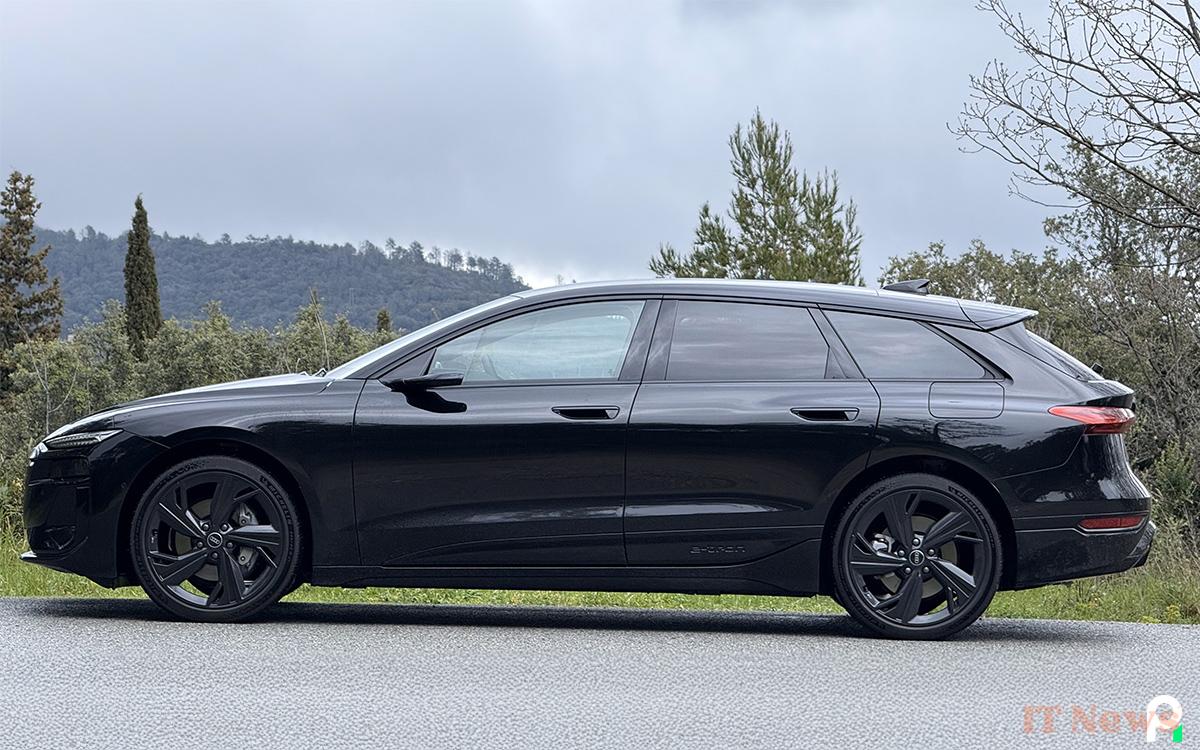
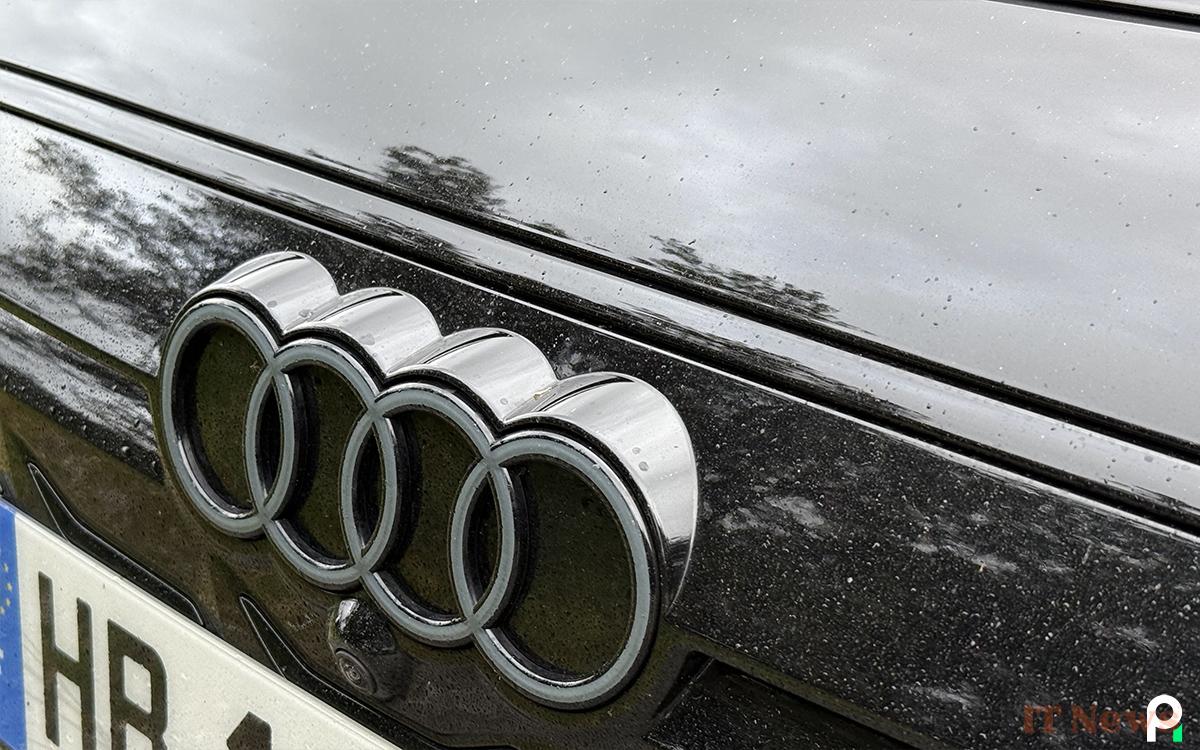

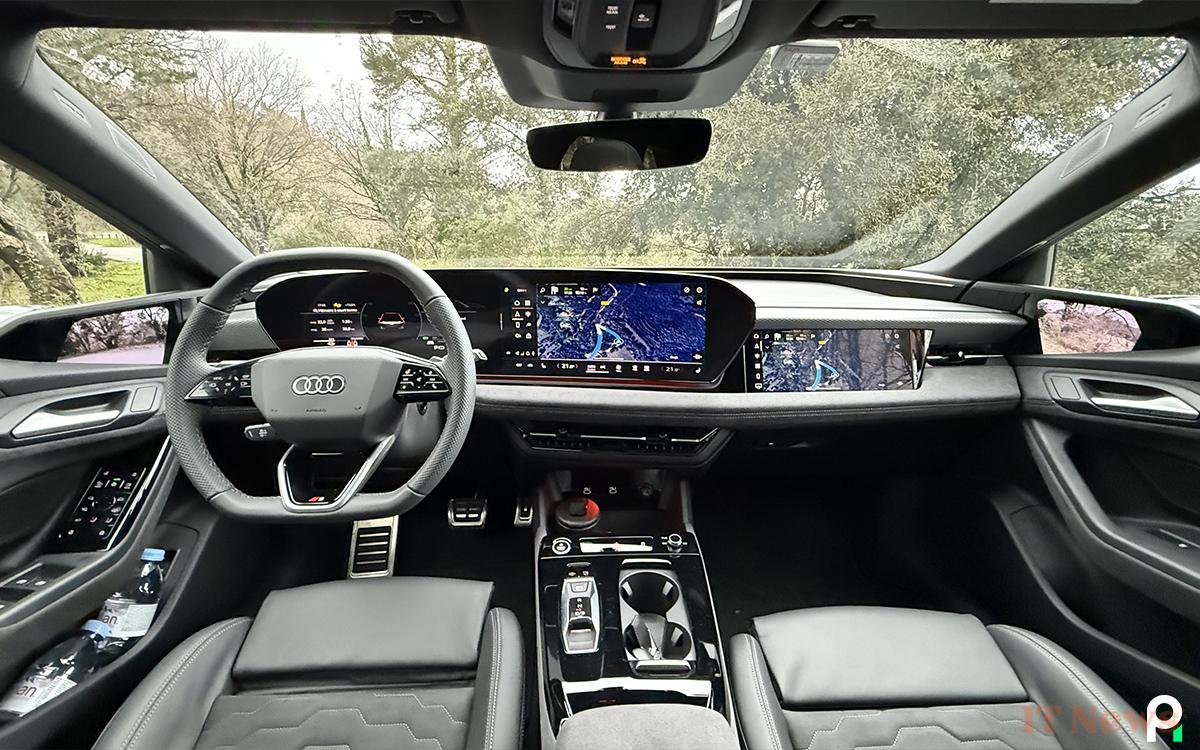
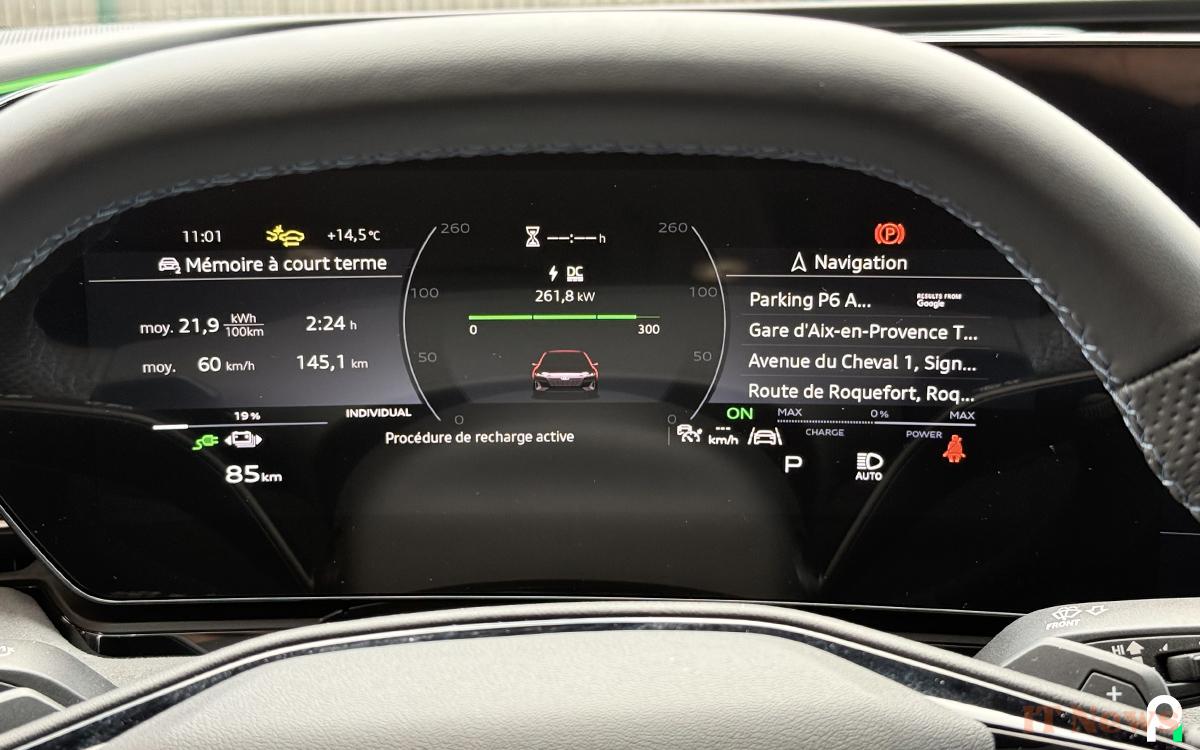

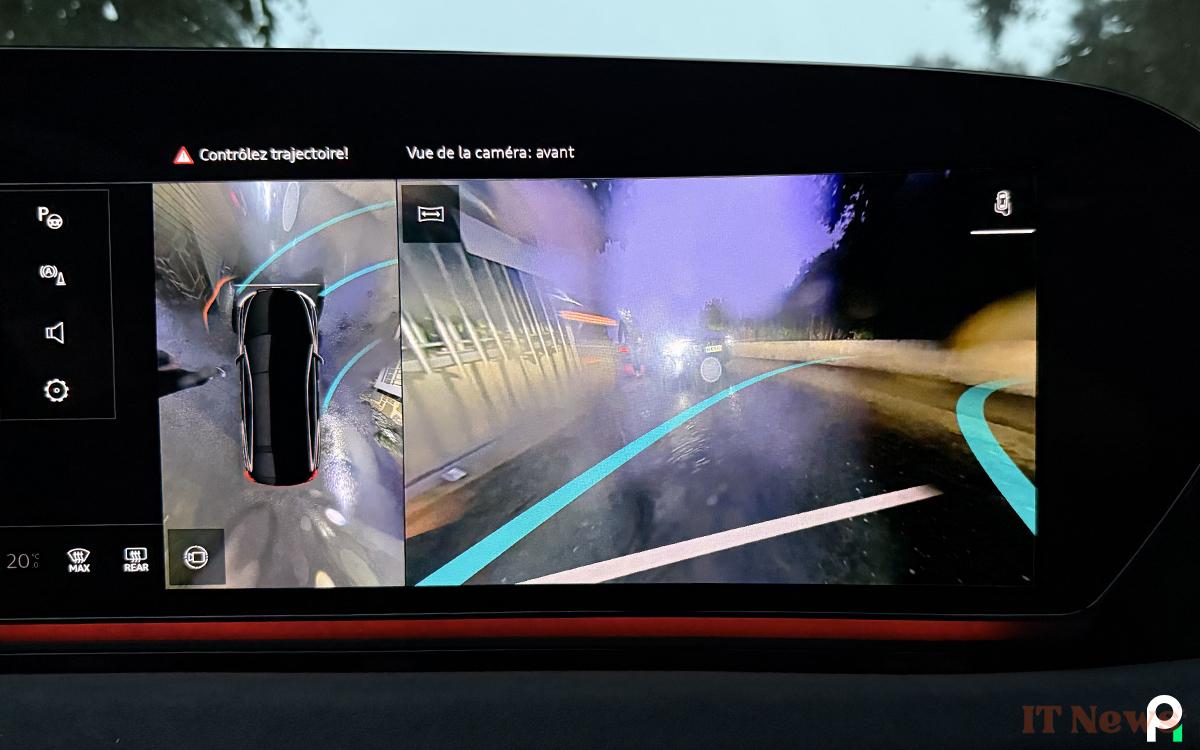
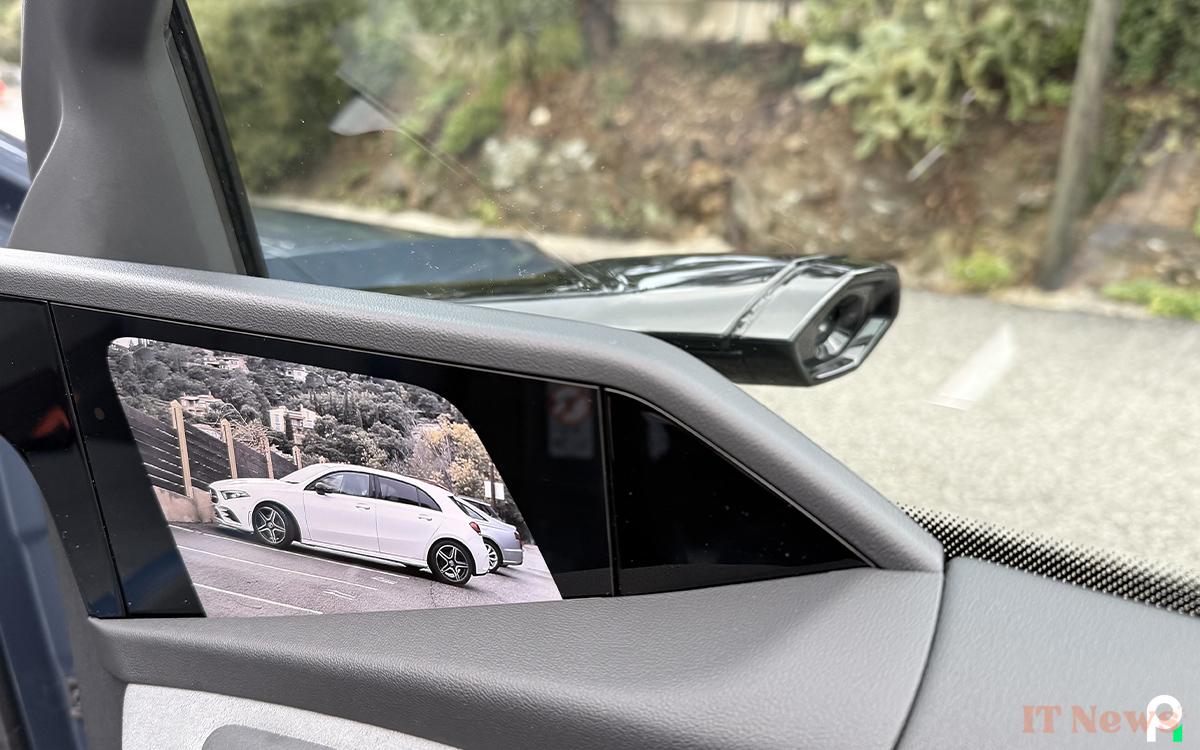
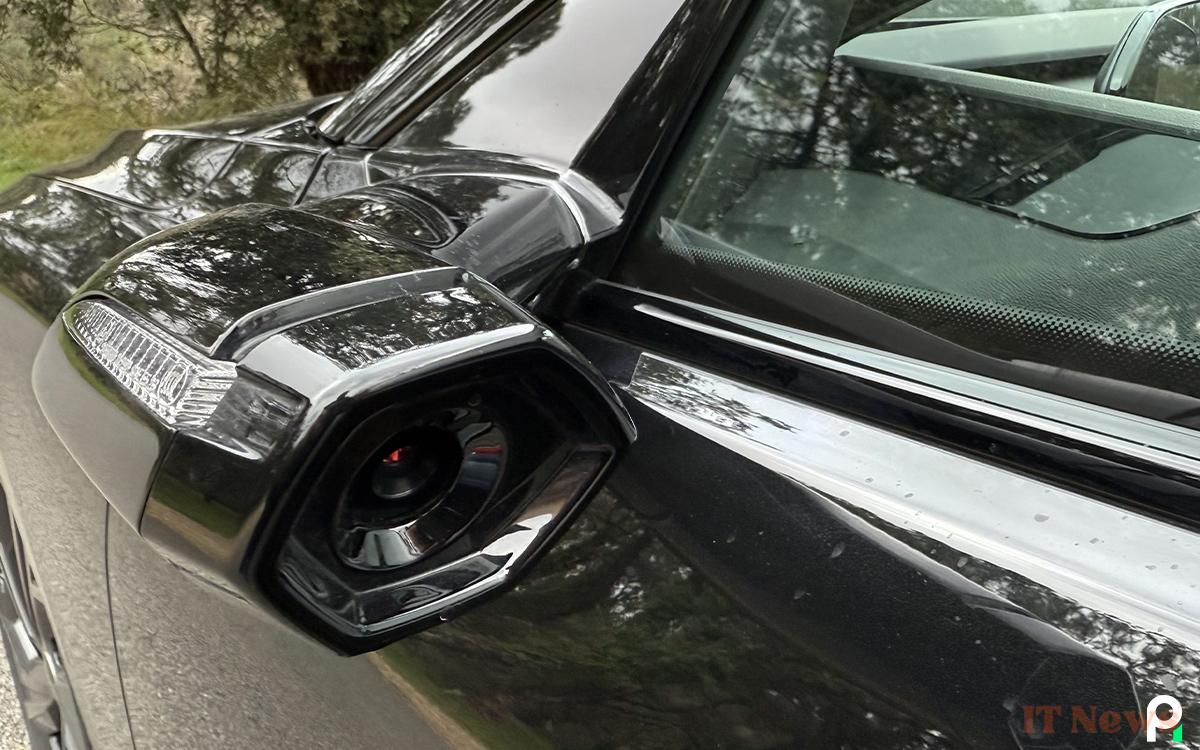
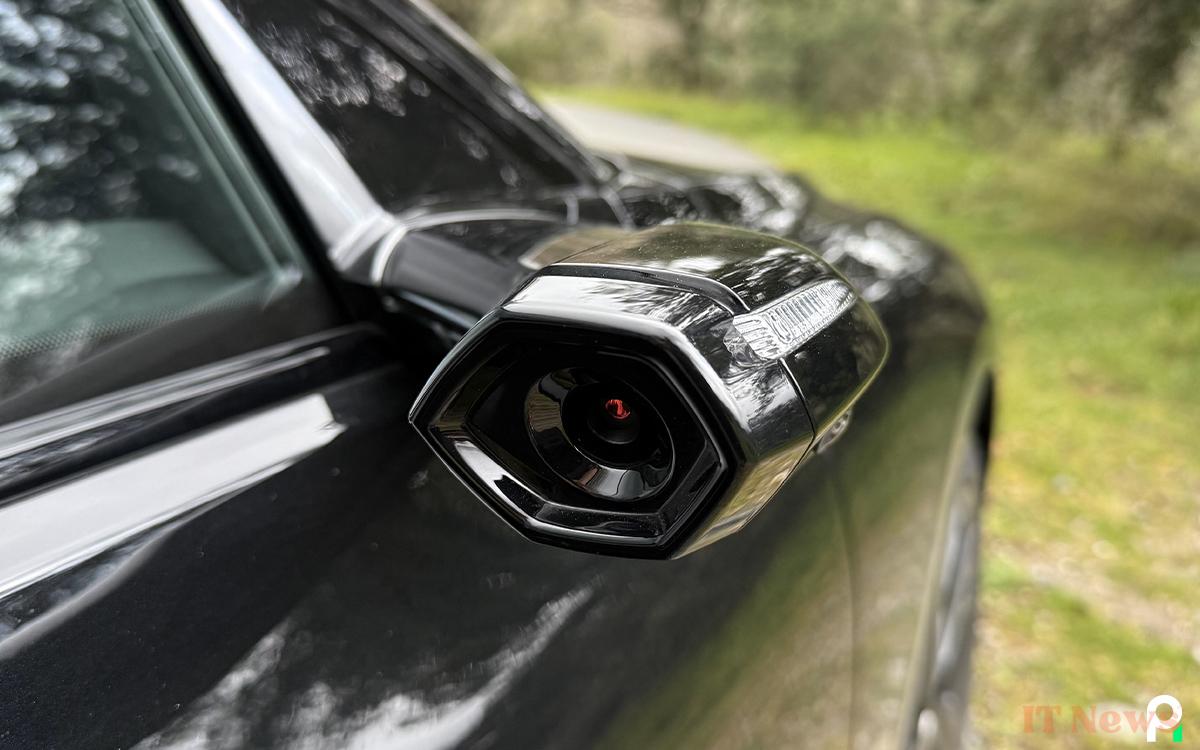
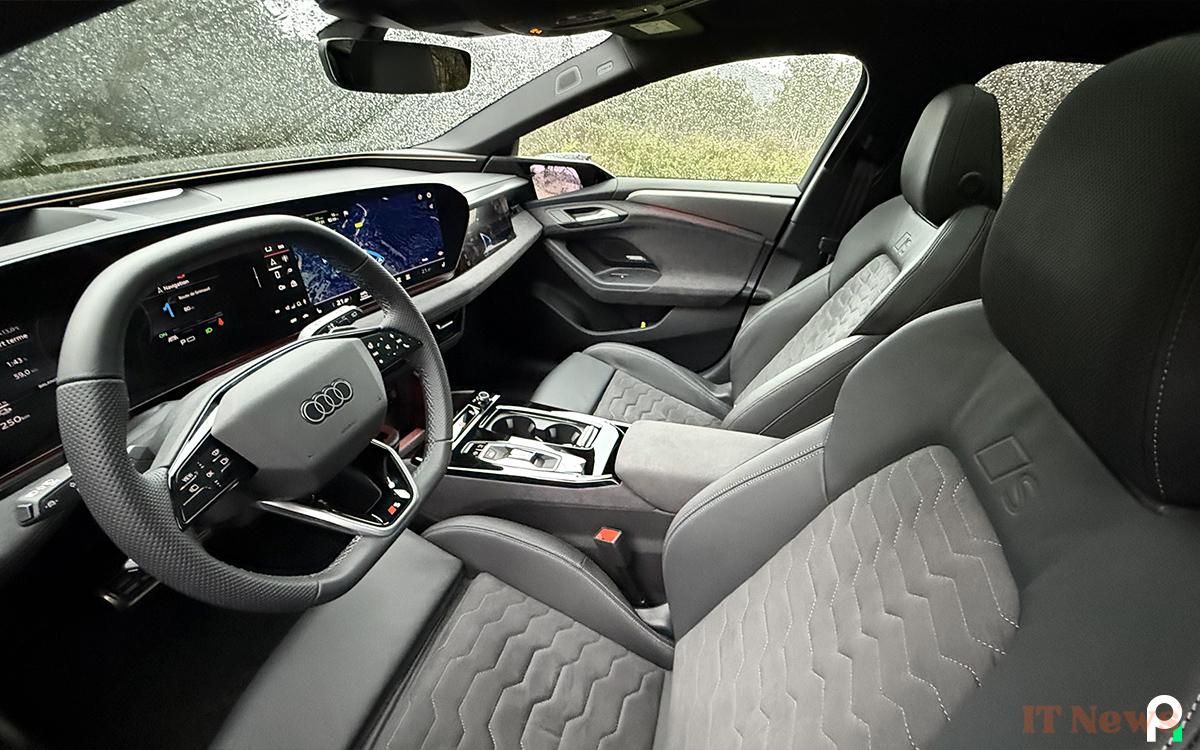
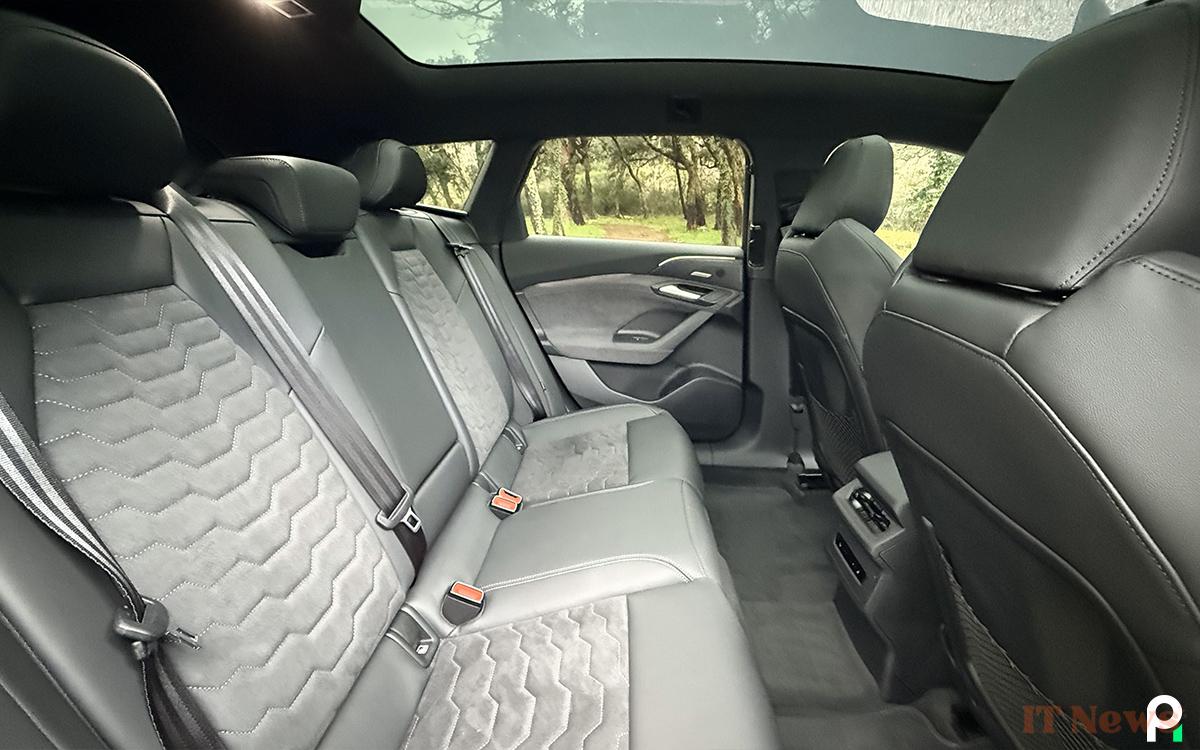

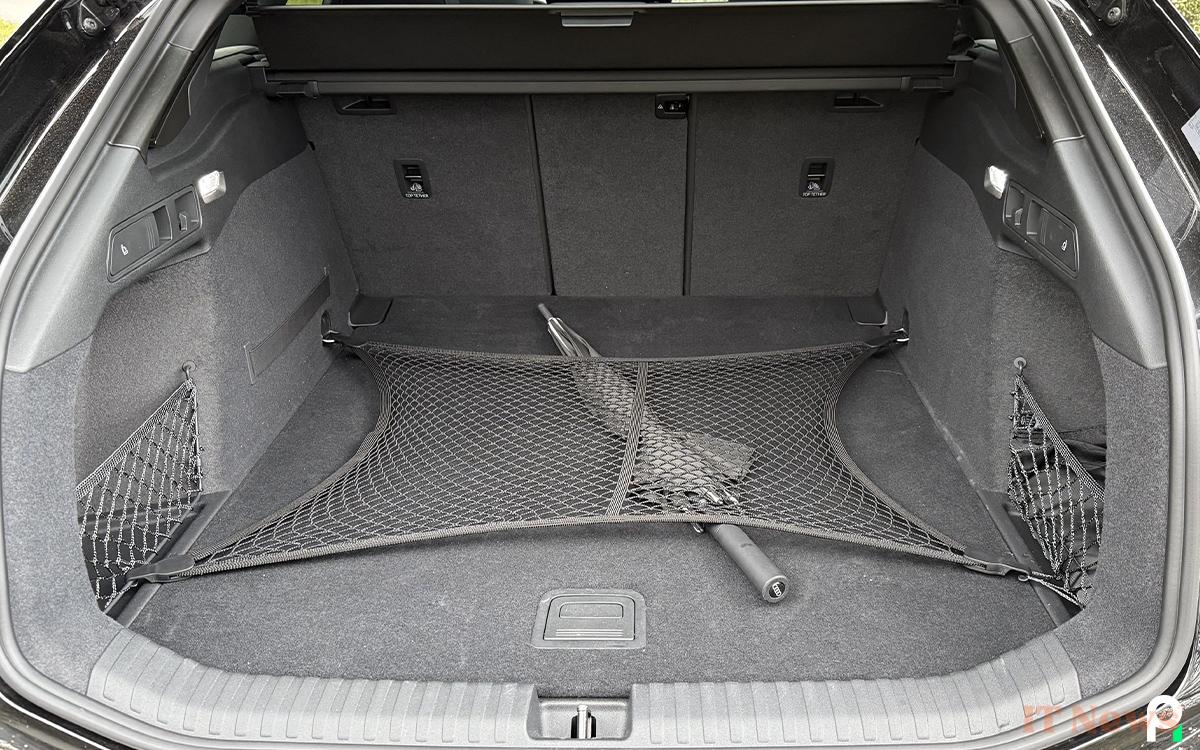

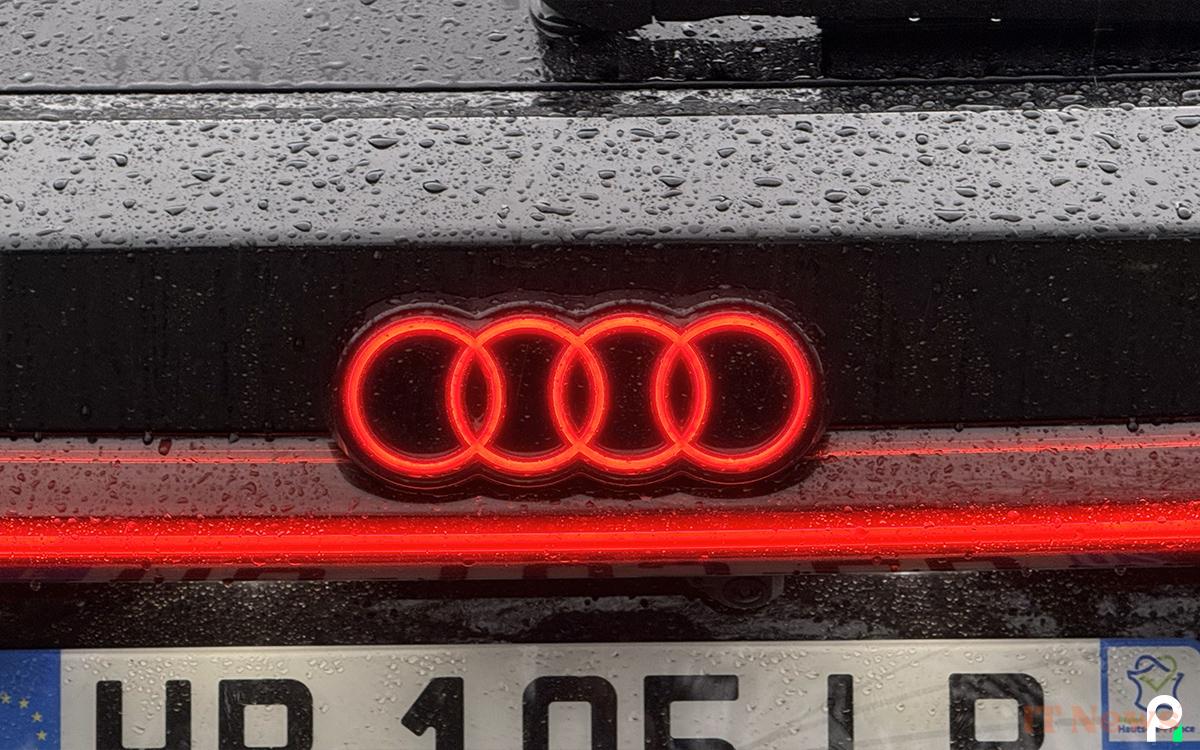
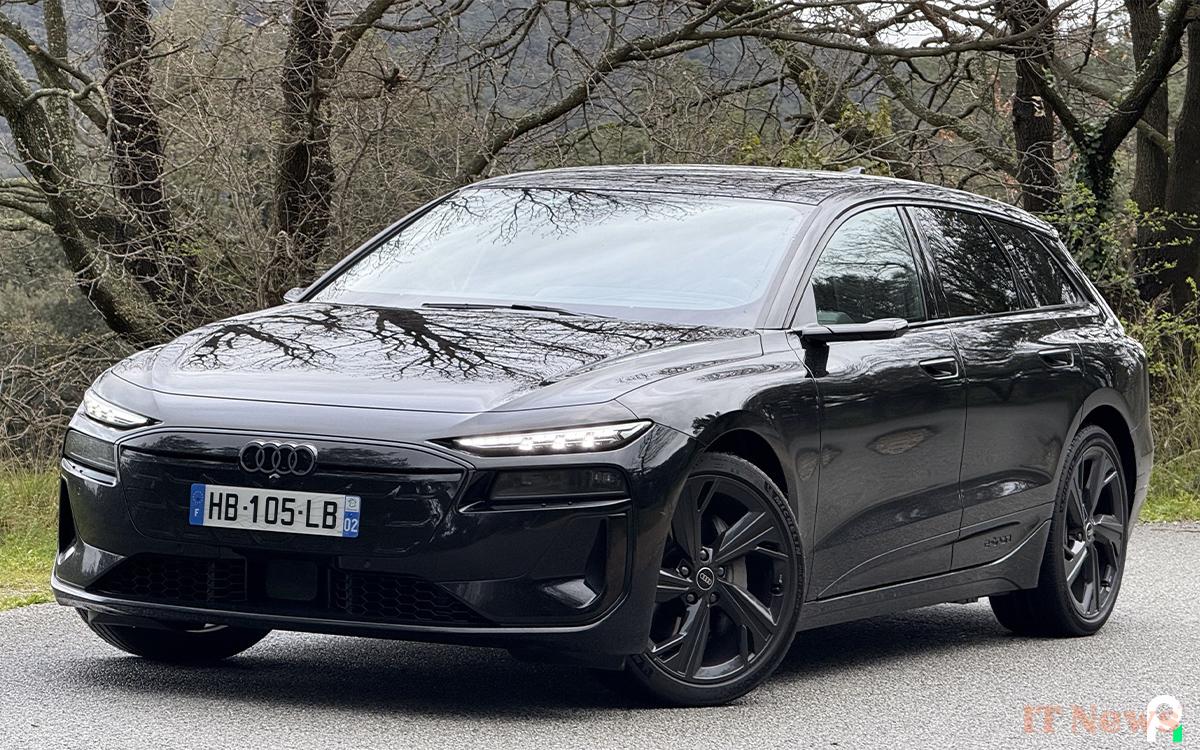
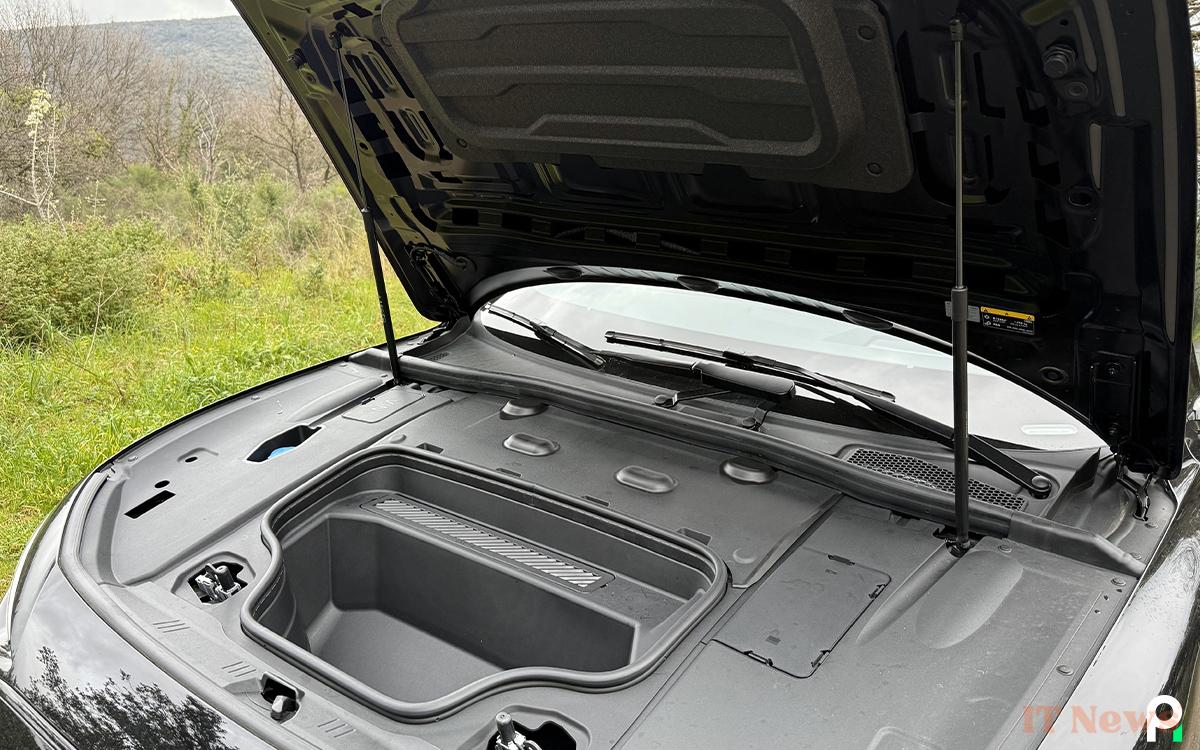

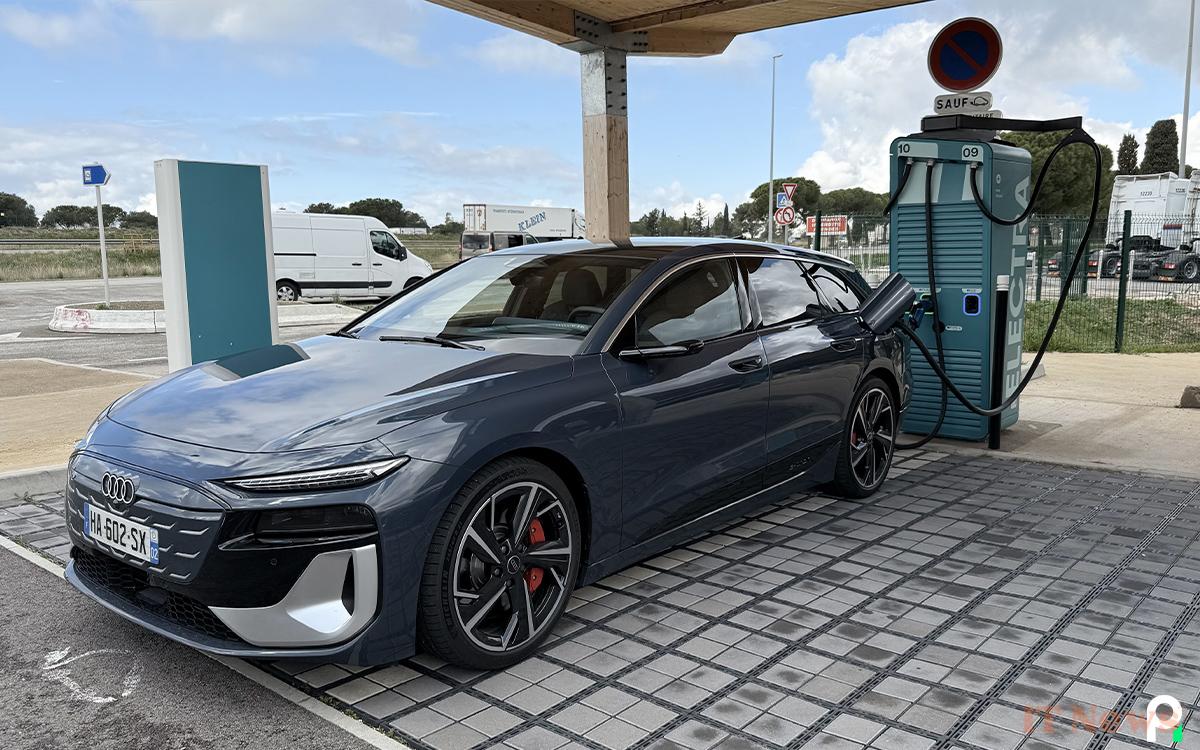
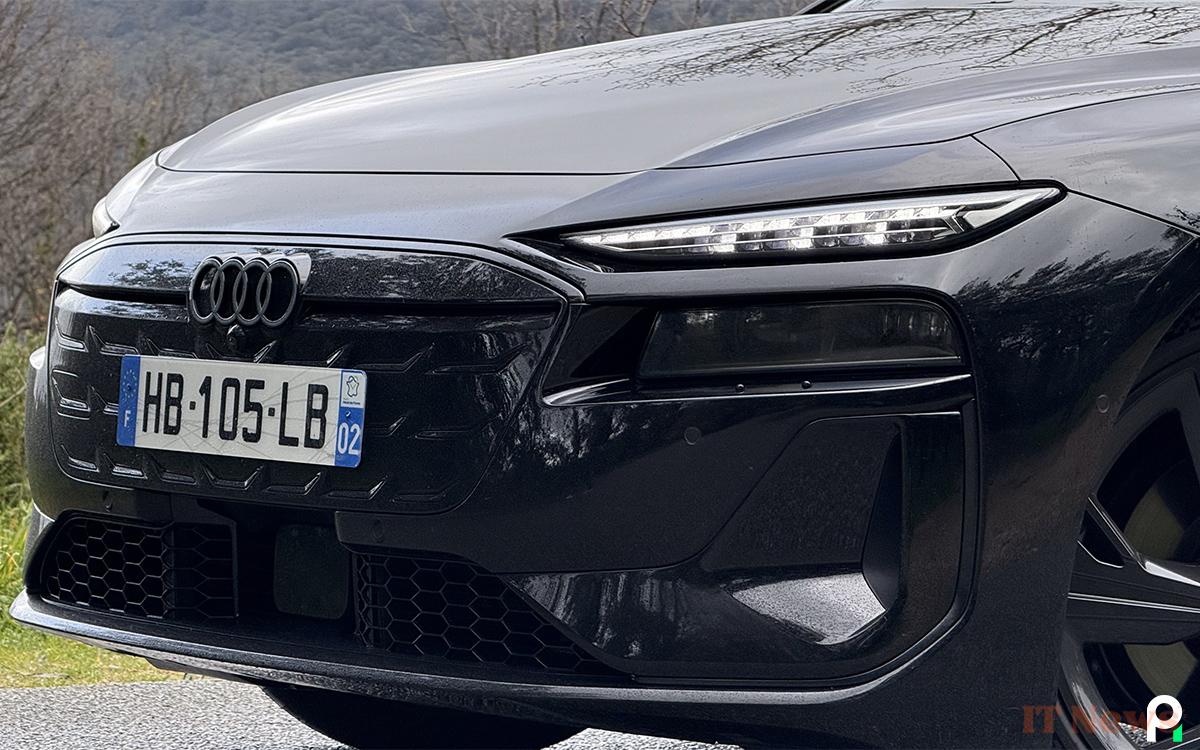
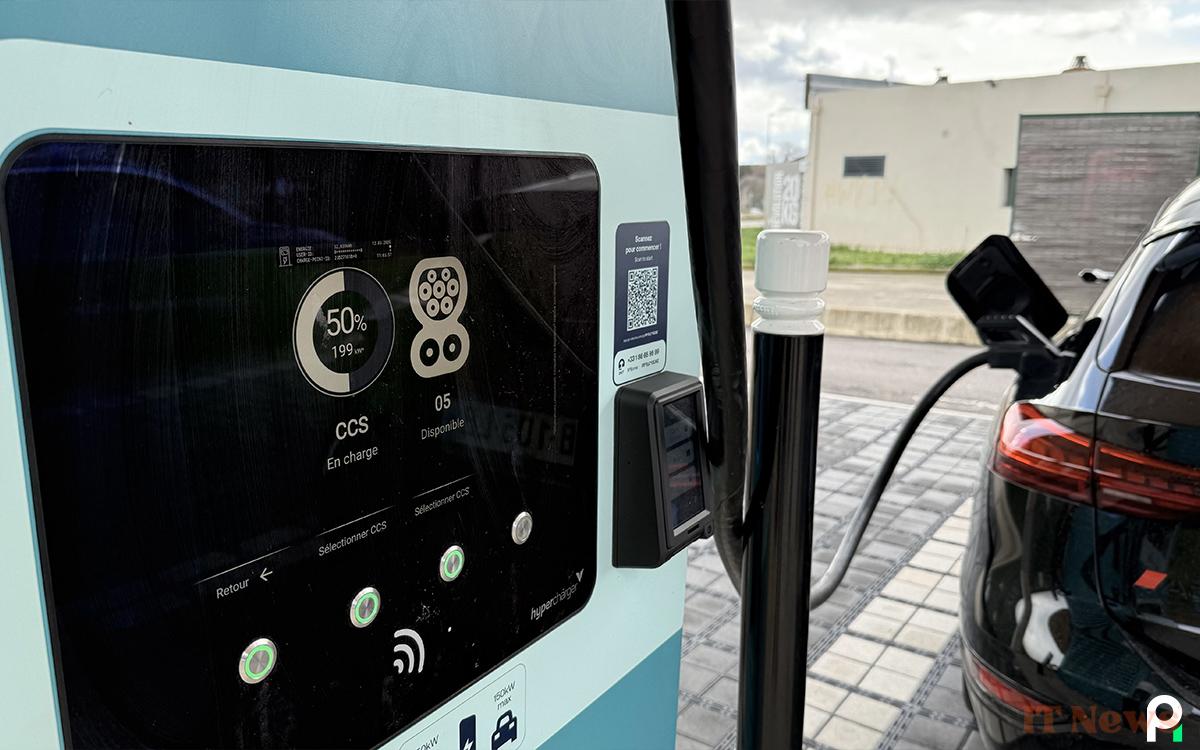
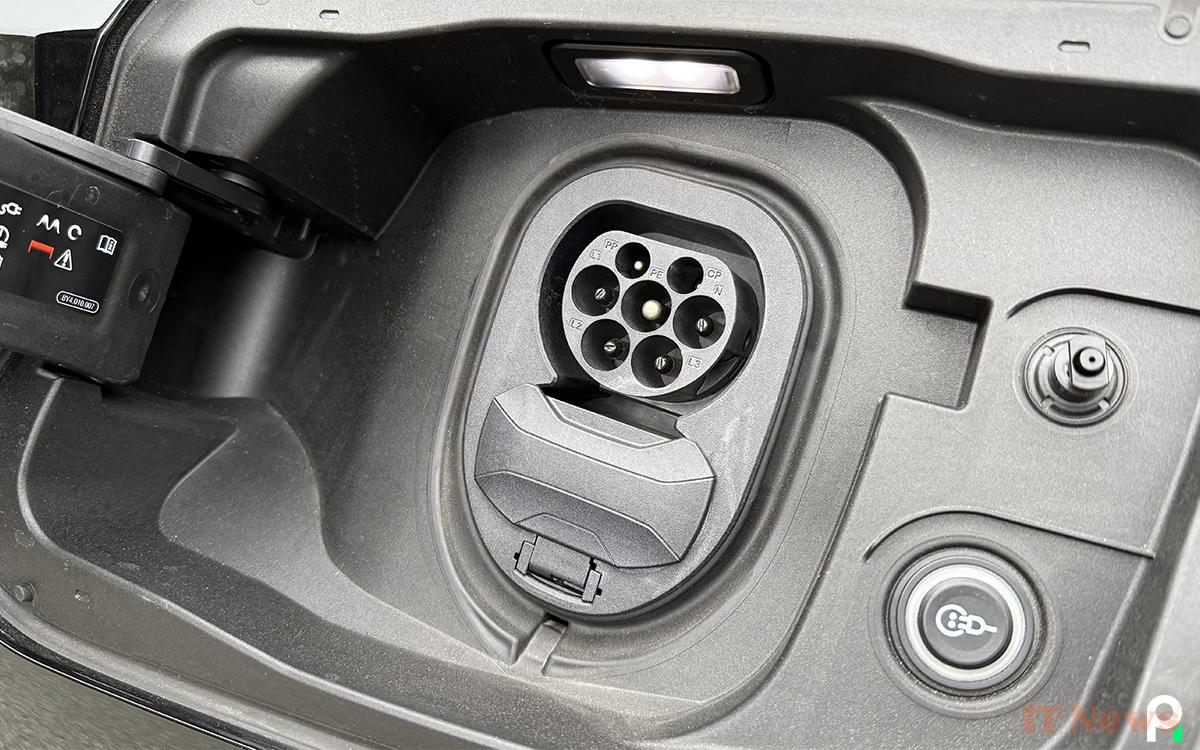
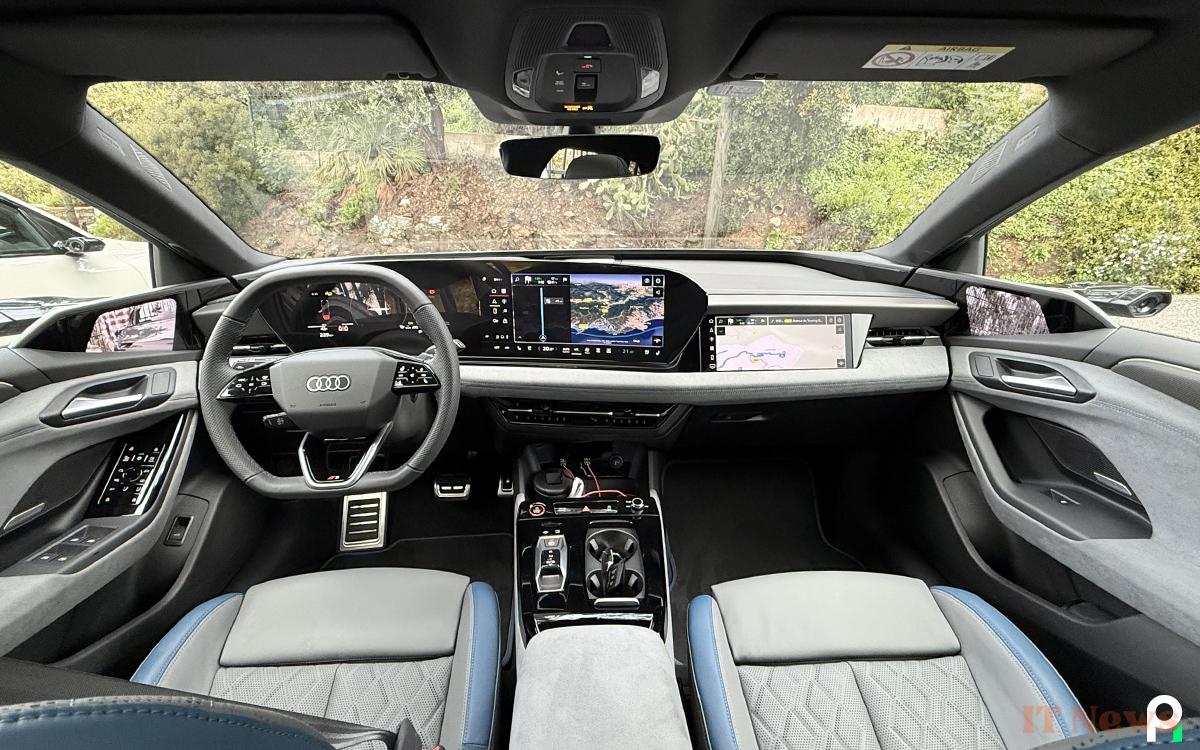
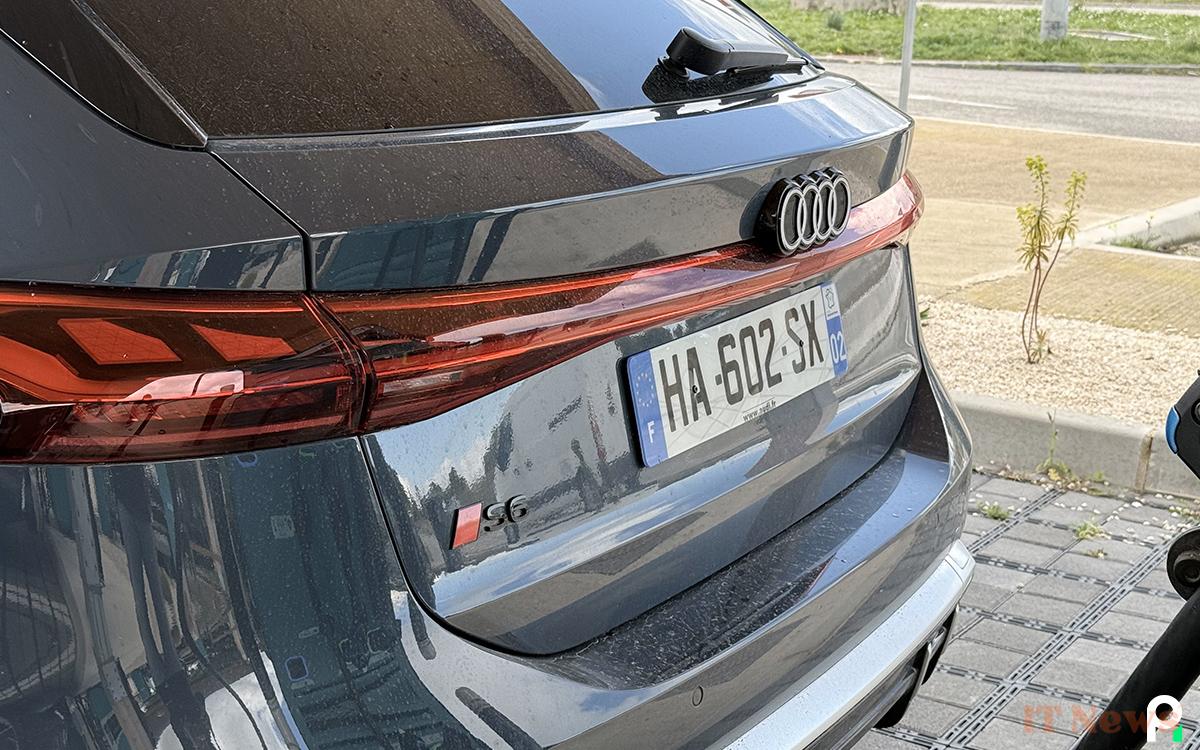

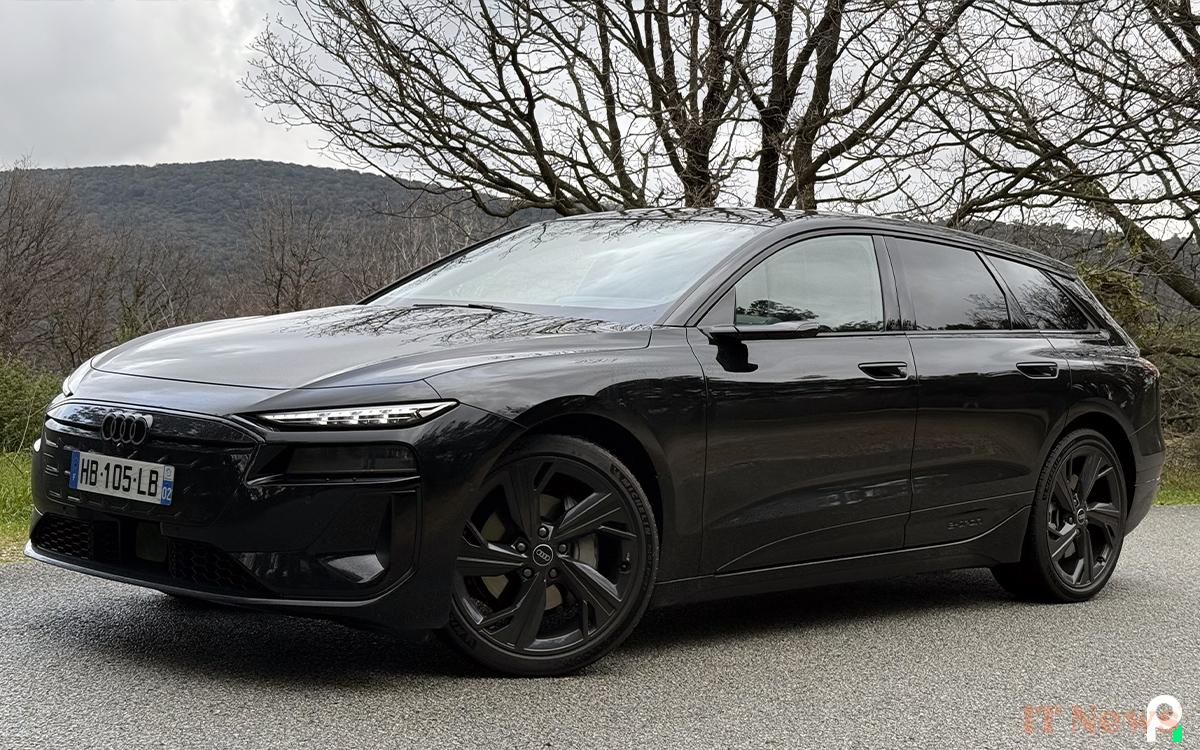
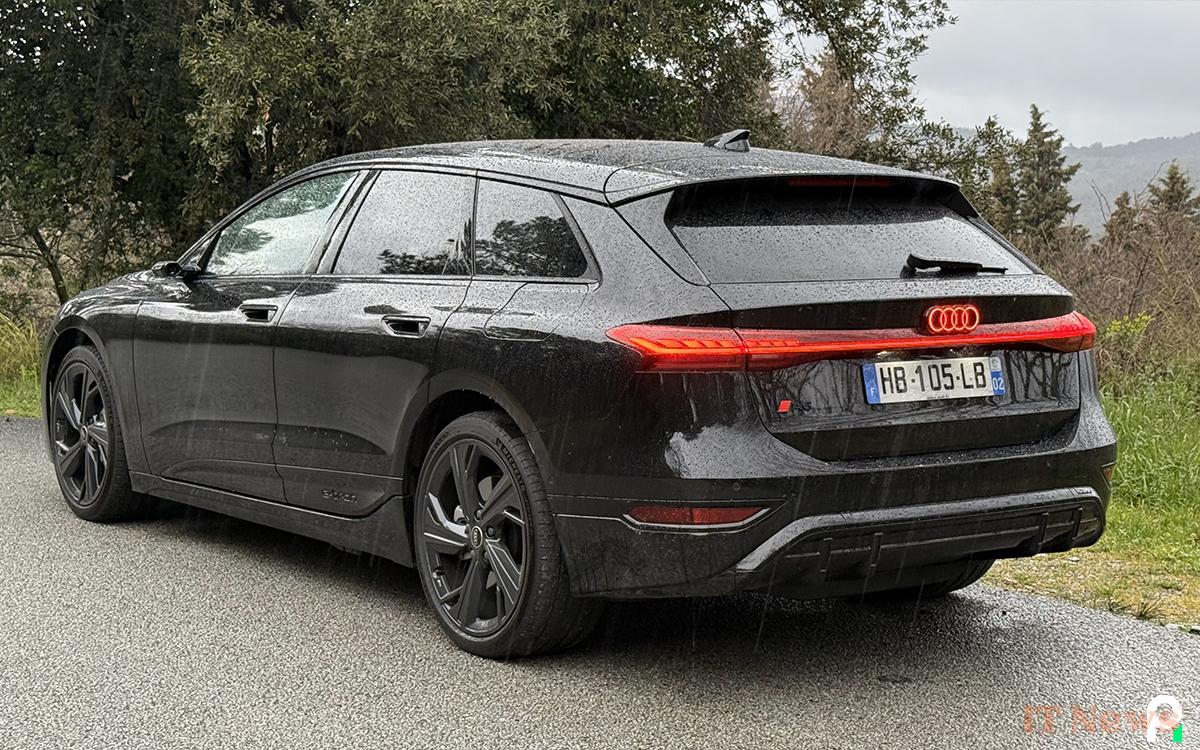
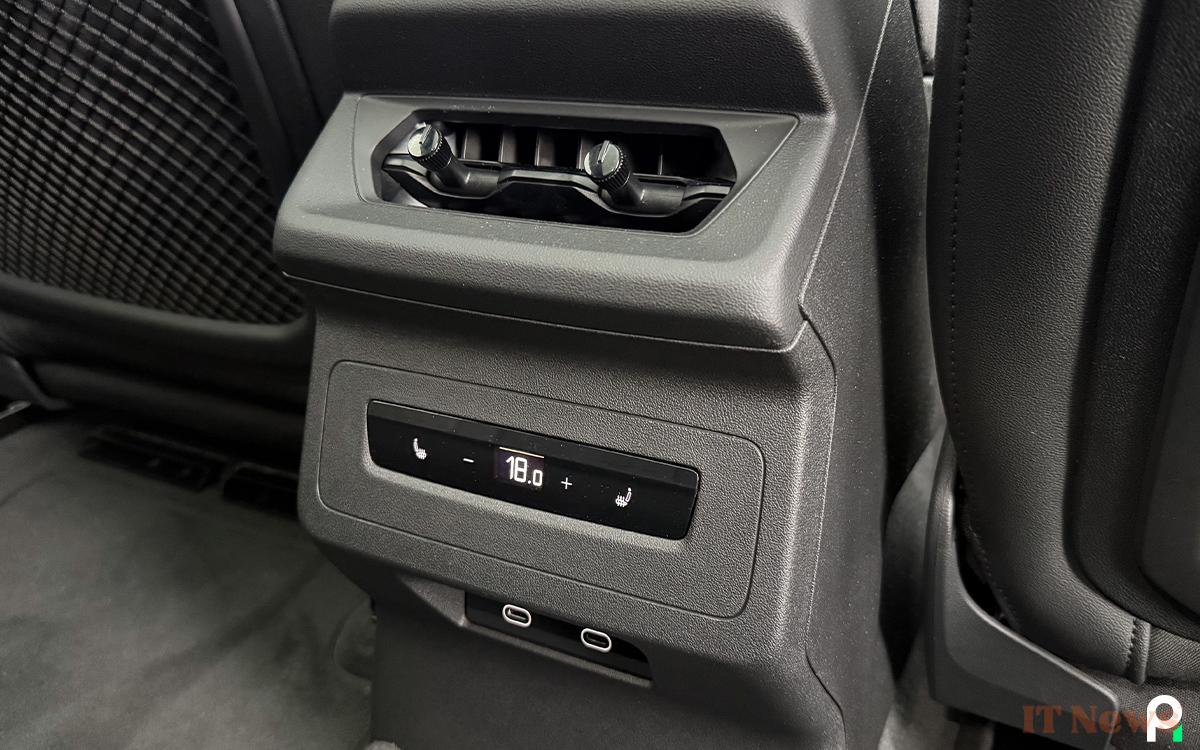
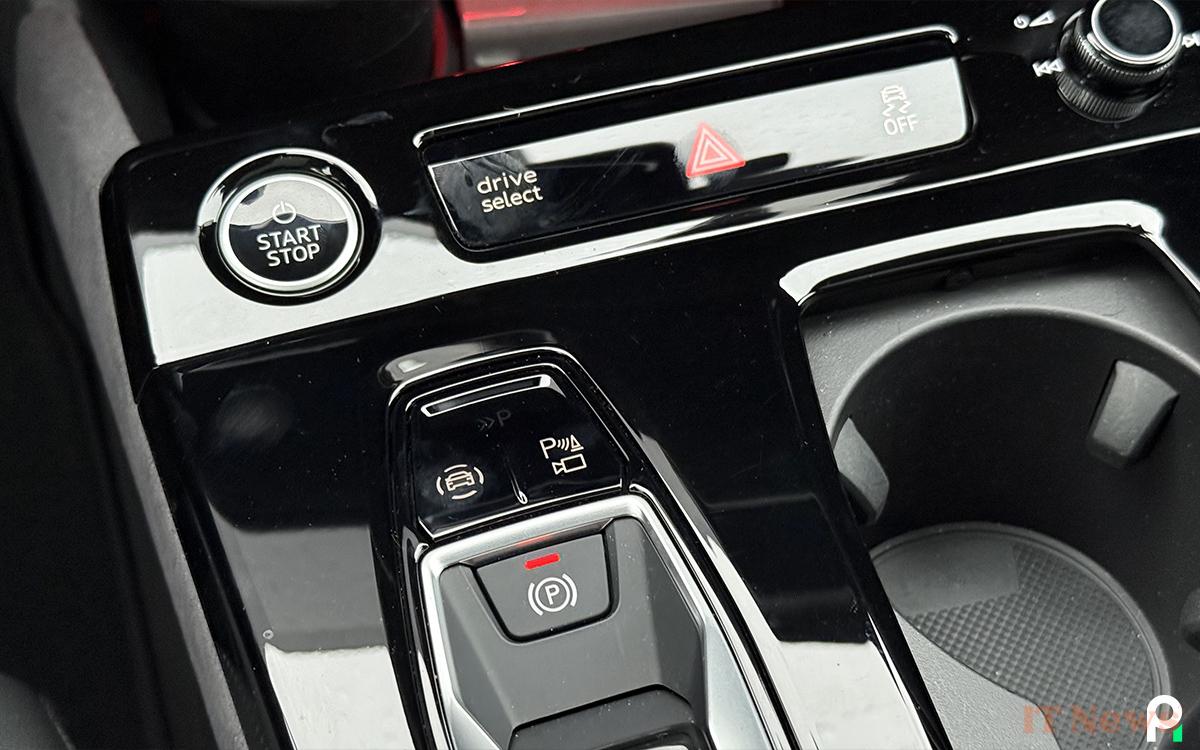
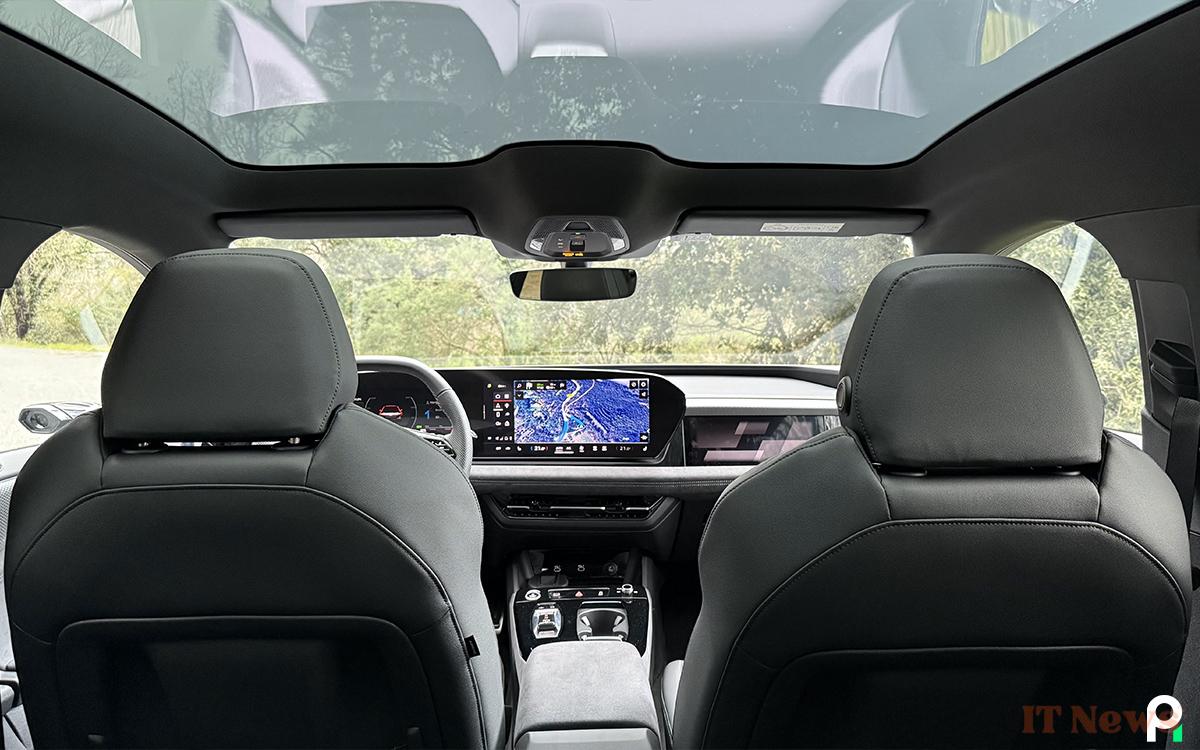


0 Comments